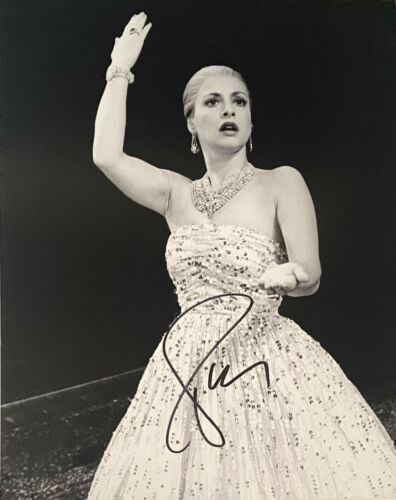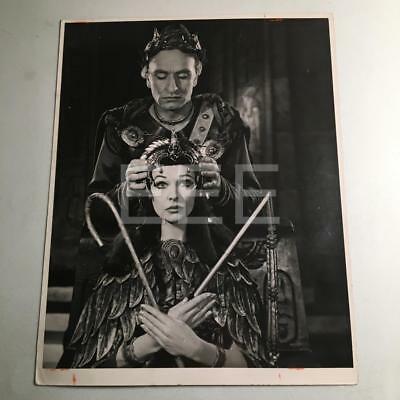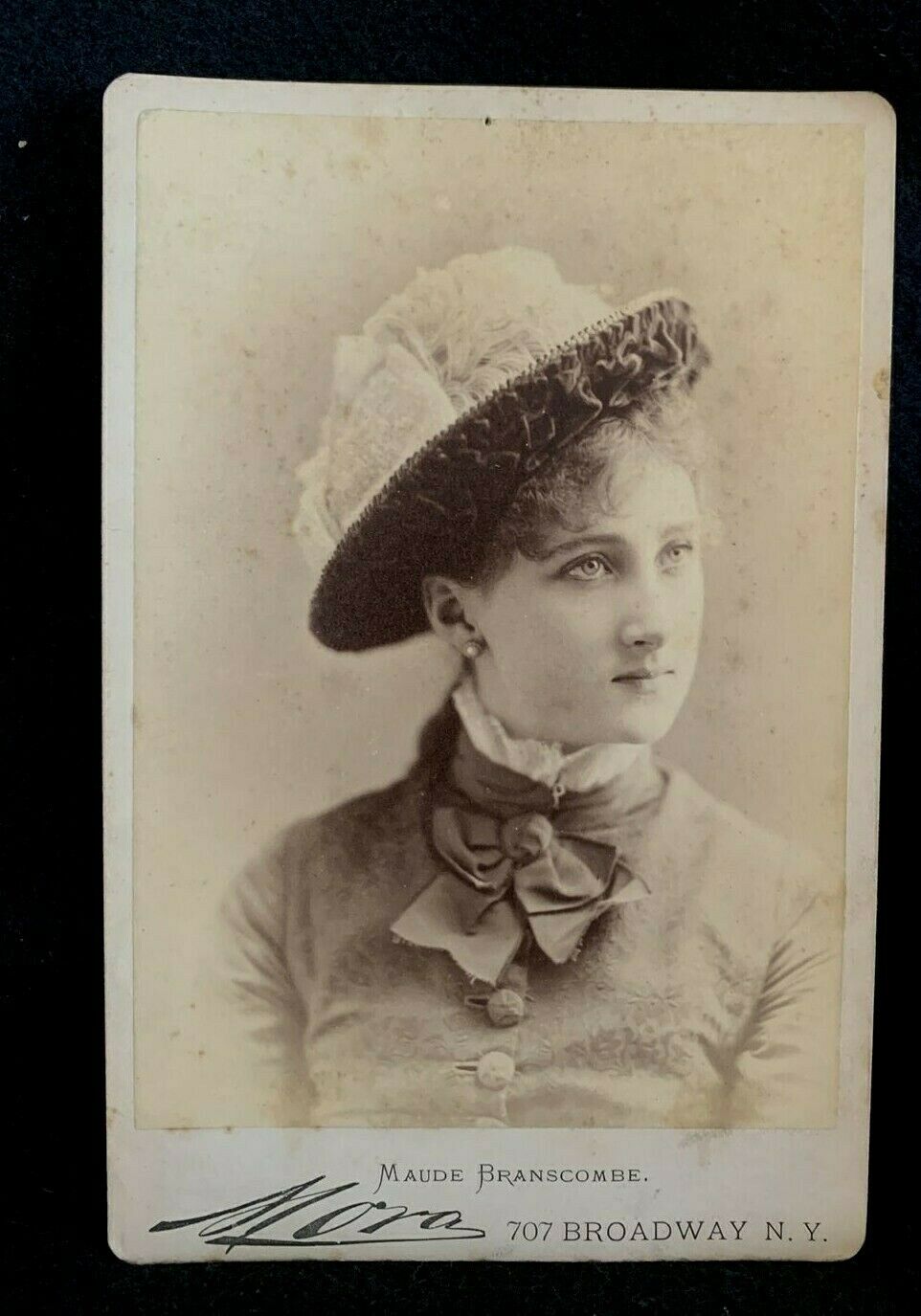-40%
Jazz Age Revue The Passing Show of 1923 Large Vintage Photograph Helen Herendeen
$ 17.42
- Description
- Size Guide
Description
ITEM: This is a 1923 vintage and original, large format photograph from Broadway's long-running musical revue extravaganza "The Passing Show." The Shubert brothers' revue was comparable in many ways to Florenz Ziegfeld, Jr.'s "Ziegfeld Follies" and the two shows remained neck-and-neck with each other during the wild, hedonistic Jazz Age Roaring Twenties theatre days.This sensational studio portrait dates to the Shubert Bros. "Passing Show of 1923" that played at New York City's Winter Garden Theatre. An alluring jazz age portrait, it features Broadway chorus girl Helen Herendeen in a stylish dress that gathers at the waist with the fabric formed into a bow. A beaded headband adorns her bobbed hair and a matching long necklace is draped around her neck. This delightful portrait is from theatre photography titans White Studio.
Photograph measures 11" x 14" on a glossy single weight paper stock with handwritten notations, the photographer's ink stamp, and previous collector's inventory sticker on verso.
Guaranteed to be 100% vintage and original from Grapefruit Moon Gallery.
More about White Studio:
For twenty-years from 1905 to 1925 White Studio was Broadway's foremost photographer of stage production. Founded by New York saloonkeeper Luther S. White (1857-1936), this photographic agency employed a series of cameramen from 1903 to 1936, some talented, some not, who recorded hundreds of performers and thousands of productions of the American stage. The Studio was divided into two operations: the portrait studio located on Broadway and a mobile team of production photographers who hauled lights, tripods, and cumbersome Agfa and Kodak plate cameras to the dress rehearsals for stage pictures. Two great artists worked uncredited in the portrait studio: Edward Thayer Monroe during the 1910s and Ralph Shaklee in the 1930s.
For much White Studio's history, George Lucas was chief stage photographer. Lucas revolutionized production photography with the introduction of flash-pan photography, a method of illumination safer than 'flash-light' (magnesium powder, alcohol, ignited by blow torch) used by Joseph Byron, the chief stage photographer on Broadway from 1893 to 1905, before the ascendency of White Studios.
Luther White, proprietor of the studio, in later life claimed to have been a photographer. Lucas, however, stated that White never posed or processed photographs. He was a broker and businessman. As an entrepreneur, White was effective. When Joseph Byron and his Percy were experiencing differences of opinion in 1905, White bought the elder Byron's equipment and usurped his client list. White then secured an exclusive agreement with the Schubert organization to record their New York productions.
During the 1920s, the studio lacked the aesthetic panache of the most advanced theatrical image artists. Luther White no longer exerted himself with the energy of his younger years. In 1930, he took up raising Guernsey Cows on his farm in Connecticut. He turned over direction of the studio to his son, Dexter, in 1934. At this juncture, the most experienced artist, George Lucas, departed setting up Lucas-Pritchard with Irving Pritchard, the man who kept the books for White Studio. Lucas quickly determined he needed a creative collaborator rather than a financial guru, so called upon his old colleague at White from the World War I period, Edward Thayer Monroe. Lucas-Pritchard became Lucas-Monroe. White Studio's old clients gravitated toward the new partnership.
Perhaps from stress induced by presiding over a failing enterprise, Dexter White died of a heart attack on May 4, 1939, bringing an end to the studio. Its archive was secured by the Theater Collection of the New York Public Library. However, many of the earliest glass plates were destroyed during the First World War when donated to the War Department for recycling. David S. Shields/ALS
Specialty:
White Studios dominated production photography in the New York theater for two decades, specializing in frontal panoramas of theatrical action taken during dress rehearsals and occasionally during performances. Because the exposure of the glass plates required that casts remain motionless for as long as 45 seconds, the production shots from 1904-1913 seem wooden and pedestrian. George W. Lucas, chief location photographer, became more innovative and intimate during the 1910s.
White Studios also had a portrait department. Edward Thayer Monroe's depictions of the early Ziegfeld performers are quite artistic, including the iconic view of Bessie McCoy sitting on the Crescent Moon. Another noteworthy body of early works are Lucas's production views of "Chanticleer."
Biography By: Dr. David S. Shields, McClintock Professor, University of South Carolina,
Photography & The American Stage | The Visual Culture Of American Theater 1865-1965











